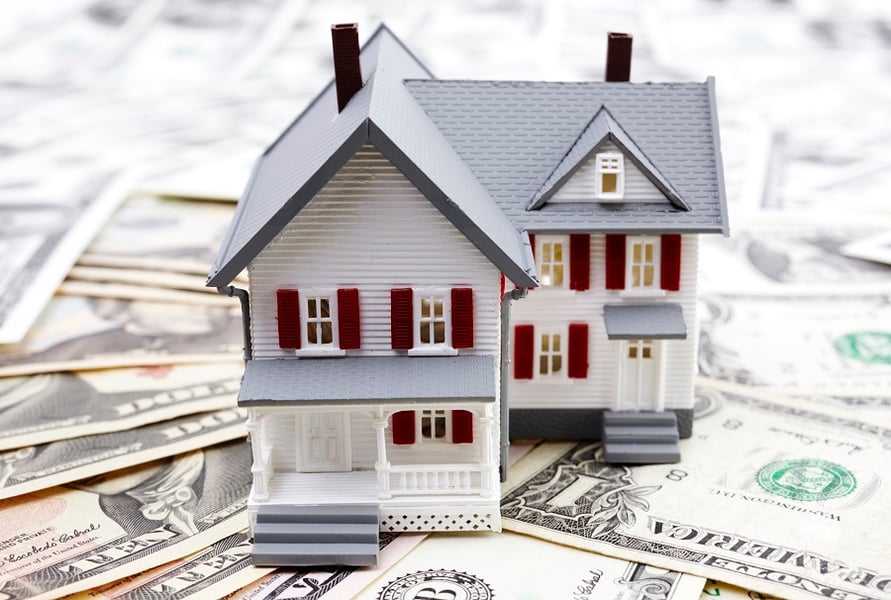If you're a real estate investor who wants to buy low and sell high, this is the list for you.
Are you a real estate investor who wants to profit the old-fashioned way, by buying low and selling high? Are you a mobile American worker in a city where the rents are rising fast and home prices are through the roof?
Have we got a list for you.
The list, RealtyTrac's "Best Bad Neighborhoods to Buy a Home," was created for investors shopping for bargain properties they can fix up and resell at a higher price. That doesn't mean a remote worker with a savvy for undervalued real estate can't use it to scope out local housing markets — particularly if they spend their day toiling in front of a computer screen for an employer with an enlightened view of telecommuting.
http://www.investmentnews.com/wp-content/uploads/assets/graphics src="/wp-content/uploads2016/08/CI10638684.JPG"
To rank neighborhoods for home flippers, RealtyTrac, a housing data firm, appraised them on two planes. It used statewide school rankings as well the percentage of underwater homes as indicators that the local housing market is lagging behind the national recovery. It used the volume and profitability with which investors are flipping houses as a predictor of growth. The result is a mix of poor neighborhoods in big cities and sections of smaller cities on the outskirts of large, urban cores.
Take the section of Cicero, Ill., stretching north and west from the Hawthorne Race Course. The neighborhood has poorly rated schools, and 39% of homeowners are underwater on their mortgages. But the average home flip in the first quarter of 2016 returned a gross profit of $101,000, and the neighborhood's millennial population has been ticking up, another indicator of future home buyer demand.
While the ranking was created with investors in mind, Daren Blomquist, senior vice president at RealtyTrac, said home buyers could use it “to take advantage of undervalued markets.”
Seeking housing market opportunity in poor neighborhoods can be a fraught business, for investors and occupiers alike. A bit of housing market activity is undoubtedly a good thing for homeowners who have seen local values fall. But an influx of investors can also lead to higher rental prices, and the specter of gentrification looms large even in cities that have seen populations decline and old housing abandoned.
Declining cities often have neighborhoods — near a university, perhaps, or a hospital center — where there's not enough housing to go around, said Robert Silverman, a professor of urban and regional planning at the University of Buffalo.
“You see these bidding wars happening for selective housing in Flint [Michigan] or Buffalo [New York], even while there's excess inventory in other parts of the city,” said Mr. Silverman, who studies Rust Belt gentrification. "The parts of these cities that have affordable housing are not always located where the job growth is taking place."







